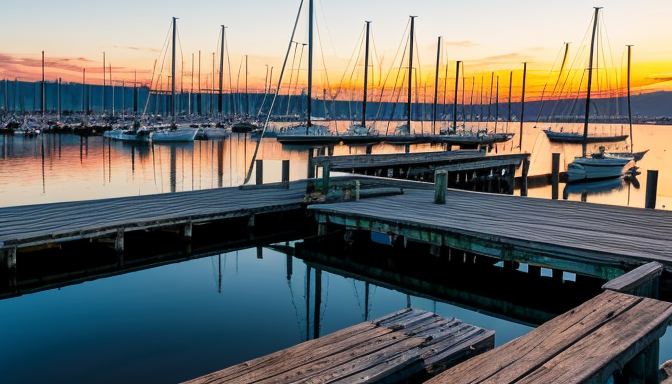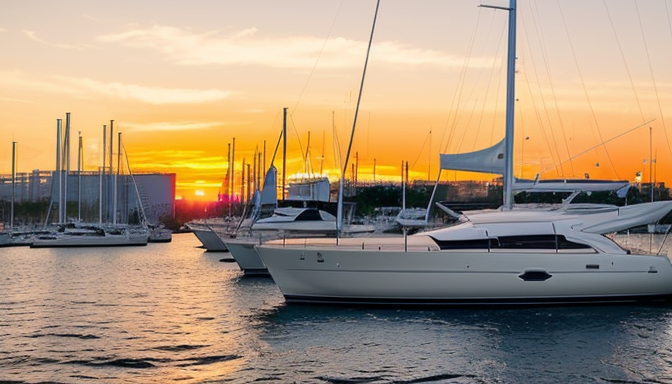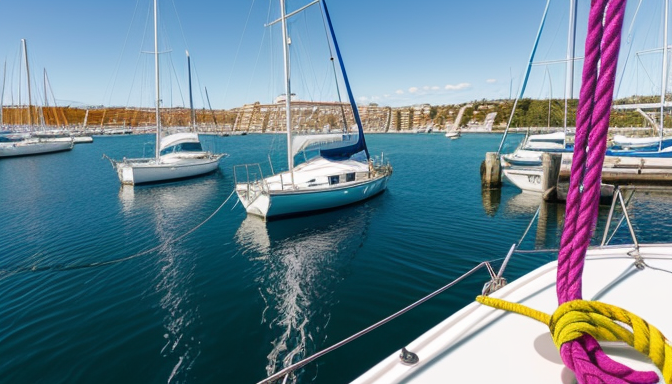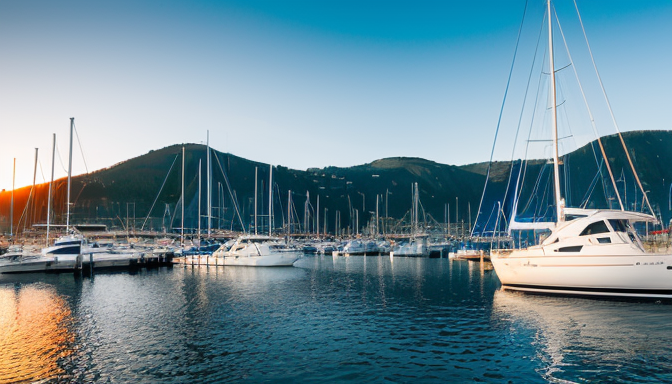The Art of Anchoring: Mastering Marina Life
Welcome to the captivating world of marina life, where the gentle sway of the water and the luxurious embrace of your yacht create an unparalleled experience. Anchoring is not just a skill; it’s an art form that every mariner should master. Whether you’re a novice or a seasoned sailor, understanding the nuances of anchoring can elevate your nautical adventures to new heights. Imagine gliding into a modern marina, surrounded by stunning luxury yachts, and effortlessly securing your vessel as the sun sets over the horizon. It’s moments like these that make life at sea truly magical.
There are various anchoring methods, each tailored to specific conditions and vessel types. From the classic traditional anchor to the innovative plow anchor, each technique has its unique charm and functionality. For instance, a traditional anchor may work wonders in calm waters, while a plow anchor is designed to dig into the seabed, providing superior holding power in rough conditions. Selecting the right technique can mean the difference between a peaceful night at anchor and a restless one.
Safety is paramount when anchoring. You wouldn’t want your luxury yacht drifting away while you enjoy a sunset cocktail, right? Always check the weather conditions and ensure you have the appropriate gear on board. Here are a few key safety measures:
- Always use a reliable anchor chain and ensure it’s in good condition.
- Regularly inspect your anchoring equipment to avoid any surprises.
- Make sure to anchor in designated areas to protect marine life.
By following these simple guidelines, you can ensure a secure anchoring experience, allowing you to fully embrace the joys of life at sea.
Understanding Different Anchoring Techniques
When it comes to anchoring, there’s a world of techniques that can transform your experience on the water. Whether you’re aboard a luxurious yacht or a humble sailboat, understanding these methods is essential for a seamless marina life. Imagine you’re at a bustling marina, surrounded by sleek vessels and the gentle lapping of waves; the right anchoring technique can make all the difference in ensuring your peace of mind.
One popular method is the traditional anchor, which is ideal for calm waters. This technique involves dropping an anchor straight down, allowing it to dig into the seabed. However, in more challenging conditions, like strong currents or rocky bottoms, you might want to consider a fluke anchor. This type is designed to hold securely in various seabed types, making it a favorite among seasoned mariners.
For those who venture into deeper waters, grapnel anchors can be a game-changer. These anchors are lightweight and easy to handle, perfect for quick stops during nautical travels. On the other hand, if you find yourself in a crowded marina, the plow anchor is your best friend. Its unique shape allows it to set quickly and hold firmly, preventing unwanted drift.
In summary, choosing the right anchoring technique is akin to selecting the right tool for a job. Each method has its advantages and is suited to specific conditions. So, as you explore the world of luxury yachts and modern marinas, keep these techniques in mind to enhance your life at sea!
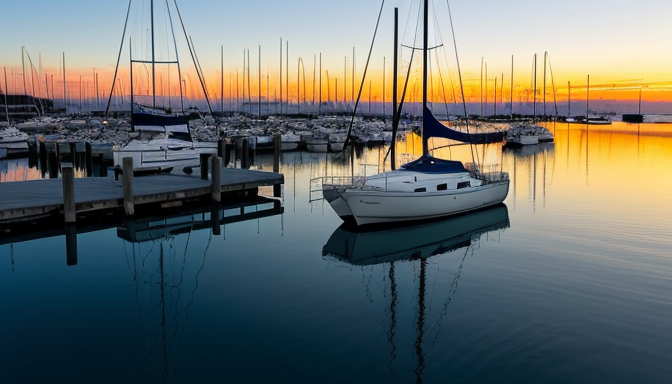
Safety Considerations While Anchoring
When it comes to anchoring, safety should always be your top priority. Imagine your vessel as a floating home, and just like any home, you want to ensure it’s secure and protected. Whether you’re exploring luxury yachts or navigating the bustling waters of modern marinas, understanding the key safety measures can make all the difference between a relaxing day on the water and a potential disaster.
First and foremost, always check the weather conditions before you drop anchor. Sudden changes in weather can turn a calm day into a stormy nightmare. Additionally, knowing the depth of the water and the type of seabed is crucial. Different types of anchors work better in different conditions, so be sure to choose one that suits your environment. For instance, a fluke anchor is great for sandy bottoms, while a plow anchor excels in rocky areas.
Another essential aspect is to ensure that your anchor is properly set. After dropping it, give your boat a little reverse thrust to embed the anchor into the seabed. This simple action can prevent your vessel from drifting, keeping you and your fellow mariners safe. Remember, a well-anchored boat is like a well-tethered balloon—without the right grip, it can float away unexpectedly!
Lastly, always keep a lookout for other vessels and potential hazards. Use your marine radio to communicate with nearby boats and stay informed about any changes in the area. By following these safety considerations, you can enjoy the freedom of nautical travel while ensuring a secure anchoring experience. So, gear up and let the waves take you on an unforgettable journey!
Frequently Asked Questions
- What is the best anchoring technique for beginners?
For those just starting out, the fluke anchor is a great choice. It’s lightweight and digs into the seabed easily, making it perfect for calm waters. Just remember, practice makes perfect!
- How do I know if my anchor is set properly?
After dropping your anchor, give it a little time. If your boat doesn’t drift and stays put, you’re good to go! You can also check by pulling on the anchor line; if it holds firm, you’re anchored securely.
- Are there any safety tips I should follow while anchoring?
Absolutely! Always check the weather before anchoring. Make sure to anchor in a designated area away from other boats and hazards. And don’t forget to keep an eye on your surroundings!
- Can I anchor in any body of water?
Not quite! Always check local regulations. Some areas have specific rules about anchoring to protect the environment and other boaters. It’s like knowing the rules of the road!
